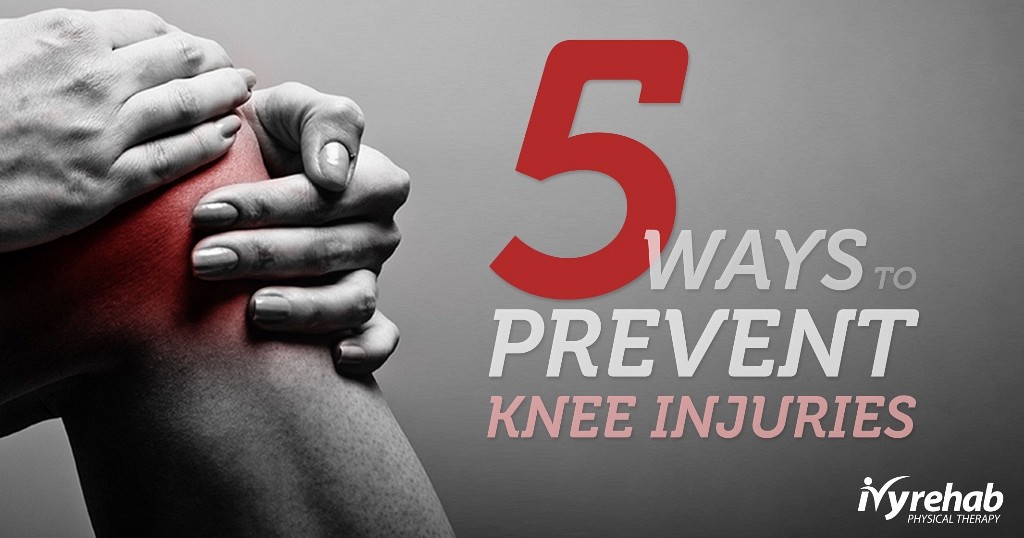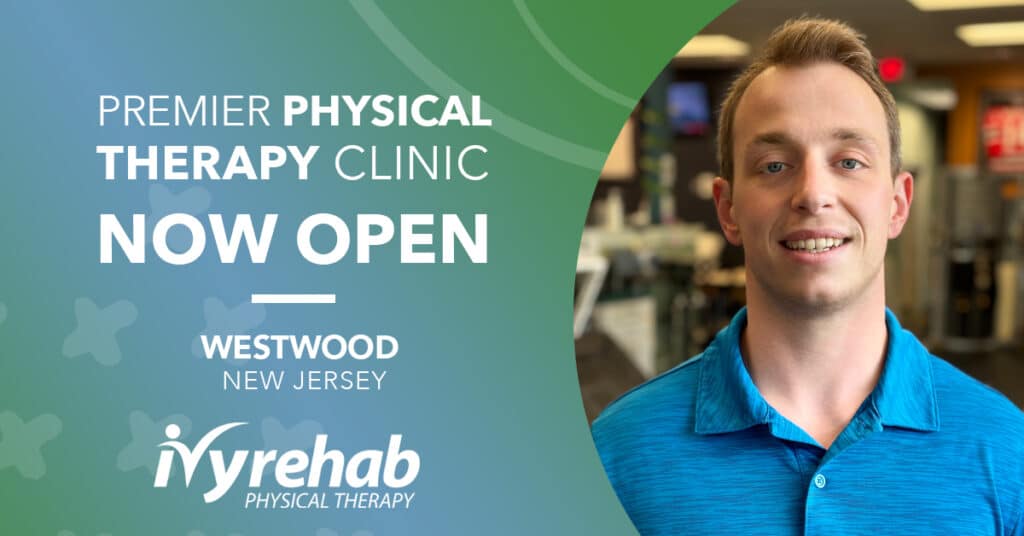Knee injuries remain a significant concern in professional sports, often impacting both player performance and team dynamics. A recent example is Kyrie Irving of the Dallas Mavericks, who suffered a season-ending torn ACL in his left knee during a game against the Sacramento Kings on March 4, 2025. This injury occurred during a drive to the basket, where he was fouled and landed awkwardly. Despite the injury, Irving made both free throws before exiting the game.
Similarly, the Philadelphia 76ers’ forward Paul George is considering a medical procedure to address ongoing groin and knee injuries. George has missed five of the last six games, and his potential absence poses challenges for the team’s performance. These incidents highlight the prevalence and impact of knee injuries in professional sports, emphasizing the importance of preventive measures for athletes at all levels.
8 Ways Athletes Can Prevent Knee Injuries:
1. Stretch It Out
Improve your joint’s mobility and range of motion by stretching! Don’t just focus on the knees. Be sure to stretch the ankles and hips. If either of those joints has any restriction in motion, it can have an effect on knee motion and loading. Remember to emphasize both “static” and “dynamic stretches.”
Static Stretches (Hold for 10-30 seconds)
- Quadriceps Stretch – Pull your foot towards your glutes to stretch the front thigh.
- Hamstring Stretch – Reach for your toes while keeping your legs straight.
- Calf Stretch – Press one foot back against a wall while keeping the back leg straight.
- Hip Flexor Stretch – Lunge forward with one foot and press hips down.
- IT Band Stretch – Cross one leg behind the other and reach to the side.
- Butterfly Stretch – Sit with the soles of your feet together and press knees downward.
Dynamic Stretches (Perform 10-15 repetitions)
- Leg Swings – Swing one leg forward and backward, then side to side.
- High Knees – March or jog in place, bringing knees up high.
- Butt Kicks – Kick heels toward glutes while jogging in place.
- Walking Lunges – Step forward into a lunge, alternating legs.
- Hip Circles – Stand on one leg and move the other leg in circular motions.
Both types of stretches are essential for preventing knee injuries, improving flexibility, and enhancing mobility.
2.Warm-up
Instead of coming out “cold,” it’s important to not only warm up your muscles but warm up your cardiovascular and pulmonary system for exercise. An active, dynamic warm-up should focus on raising your body temperature, getting your blood flowing, and moving the parts of your body that will be used. Examples are things like:
- Calisthenics
- Lightly jogging
, - Jumping jacks
- Various hopping or jumping motions
- Sport-specific drills and movements
As a general rule of thumb: “When You’re Sweaty, You’re Ready.”
3. Engage in Strengthening Exercises for Knee Support
Strengthening exercises, particularly those focused on leg muscles like quadriceps and hamstrings, are fundamental to maintaining healthy knees. By focusing on building the quadriceps and hamstring muscles, athletes can significantly defend against potential injuries. Knee strengthening exercises include:
- Squats – A foundational lower-body exercise that engages the quadriceps, hamstrings, and glutes by lowering the body into a seated position and returning to standing.
- Lunges – A unilateral movement that strengthens the quadriceps, hamstrings, and glutes by stepping forward, backward, or laterally into a deep bend and pushing back to the starting position.
- Step-Ups – A functional lower-body exercise performed by stepping onto an elevated surface and driving through the leading leg to rise to a standing position.
- Romanian Deadlifts – A hip-dominant movement that involves hinging at the hips while lowering weights toward the ground with a slight knee bend.
- Hamstring Curls (Machine or Stability Ball) – A knee flexion exercise performed by curling the lower legs toward the body using a resistance machine or stability ball.
- Single-Leg Balance Drills (e.g., Bosu Ball, Stability Pad)-Exercises that challenge stability by balancing on one leg, often on an unstable surface.
These exercises enhance overall stability, and mitigate the risk of ACL tears, which are common complications for athletes.
4. Cooldown
Hearing the final whistle and immediately sitting down can cause your joints, specifically your knee, to stiffen up, inflame and cause pain. After physical activity, take a lap, at a slow pace, to keep your breathing under control, your circulation flowing and your body temperature down.
5. Don’t “Overtrain”
While overtraining can obviously lead to injury, even simple missteps can ultimately increase your chances for a knee injury by disrupting your stretching and flexibility routines (which we now know are critical in prevention). Avoid knee overtraining by selecting appropriate exercises and repetitions for your specific needs. For example, if you are susceptible to lower-leg problems or knee pain, a non-weight-bearing activity such as swimming may be a better choice than running.
6. Stay Hydrated and Eat Joint-Healthy Foods
Hydration plays a crucial role in maintaining cartilage health, while a diet rich in anti-inflammatory foods, such as omega-3 fatty acids, collagen, and vitamin D, supports joint function and healthy weight. Foods like salmon, leafy greens, nuts, and berries can help combat inflammation and promote overall knee health.
7. Wear Proper Footwear and Supportive Equipment
Choosing the right shoes based on foot arch, gait, and activity level plays a significant role in knee health. Proper footwear absorbs impact, aligns the legs correctly, and prevents undue stress on the knee joint. In high-impact sports, using knee braces or compression sleeves can provide extra support, particularly for those with a history of knee injuries.
8. Prioritize Flexibility and Mobility
Maintaining your flexibility, mainly in the hips and ankles, is crucial to minimizing the risk of a knee injury. While stretching before an activity is great for prevention, it’s important to maintain your flexibility in those key areas, even on days you aren’t participating in an athletic activity. The key is to start early, because as we age, maintaining our flexibility gets more and more challenging.
Addressing Your Knee Pain
Leading an active, balanced lifestyle is key to preventing knee pain and maintaining overall joint health. While stretching, maintaining flexibility, and warming up properly play a crucial role in injury prevention, many people either neglect these practices or perform them incorrectly. This is where physical therapists and athletic trainers can make a difference. By assessing your specific activities, they can recommend targeted strength and flexibility exercises while ensuring proper form, ultimately helping you stay active and injury-free. So if have you existing knee pain, want to improve your stretching and flexibility, or just want additional information about preventing knee injuries, request an appointment here and speak with one of our physical therapists.
Article by: Holly Lookabaugh-Deur, PT, DSc, GCS, CEEAA
Ivy Rehab
Holly is a practicing physical therapist, partner and Director of Clinical Services at Ivy Rehab Network with more than 40 years of experience in sports management with young athletes, and is board certified as a geriatric clinical specialist and certified exercise expert for aging adults. Deuer is certified as an aquatic and oncology rehabilitation specialist and serves as adjunct faculty at Central Michigan University and Grand Valley State University.





